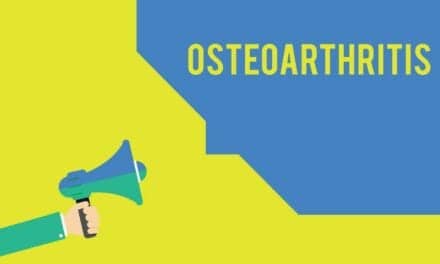Children with arthritis affecting five or more joints, called polyarticular juvenile idiopathic arthritis (polyarticular JIA), living in less affluent families were twice as likely to report more than an hour of morning joint stiffness, compared to their counterparts from more affluent families, Hospital for Special Surgery (HSS) investigators report.
Juvenile idiopathic arthritis (JIA) is a condition involving joint inflammation that lasts more than 6 weeks in children or adolescents under 16 years of age. Scientists believe a combination of genetic predisposing factors and the environment causes JIA, but the exact cause is unknown.
Polyarticular JIA is a chronic form of the disease with symptoms of pain, swelling, stiffness or warmth in four or more joints. Younger children may develop a limp or have difficulty using their fingers yet not complain about pain. Symptoms are typically worse first thing in the morning or after a period of rest and improve throughout the day as the child becomes more active, a media release from HSS explains.
“Polyarticular JIA looks a lot like rheumatoid arthritis in adults. Early diagnosis is essential to help keep the disease in remission, ensure children meet developmental milestones and delay or prevent joint destruction as they age.
“Reported morning joint stiffness may be a better indicator of early disease symptoms than pain since reporting pain can be influenced by cultural factors. Our findings underscore the importance of early referral of suspected cases for expert diagnosis and treatment.”
— Nayimisha Balmuri, MD, a third-year pediatric rheumatology fellow at HSS and lead author of the study
The study abstract is featured in a poster presentation at ACR Convergence 2020, the American College of Rheumatology’s annual conference, which is being held virtually this year.
CARRA Registry Data Under Microscope
Balmuri and colleagues, including senior author Karen Brandt Onel, MD, chief of pediatric rheumatology at HSS, identified 1,684 American patients diagnosed with polyarticular JIA using the Childhood Arthritis and Rheumatology Research Alliance (CARRA) Registry from July 2015 through February 2020.
The investigators extracted data on the presence and duration of morning joint stiffness. They also examined reported family income, the highest level of guardian-completed education and community poverty level, collectively called social determinants of health, using zip codes and the 2014–2018 American Community Survey.
Finally, Balmuri and colleagues included the rheumatoid factor (RF) and anti-cyclic citrullinated peptide (anti-CCP) antibody status from patients’ diagnostic lab results as indicators of disease severity. The patients were 7 years of age, on average.
The researchers found that children with polyarticular JIA from less affluent families, defined as having an income of $25,000 to $49,000, were twice as likely to report more than an hour of morning joint stiffness compared to children with the condition from families with an income of more than $100,000. This association between reported morning joint stiffness held even after the researchers adjusted the data for age at diagnosis, and RF and CCP status.
Ask Patients About Stiffness, Not Just Pain
“Family income as an indicator for insurance status may indicate that more affluent families can navigate the healthcare system better, ensuring their children see pediatricians sooner and therefore obtain earlier referrals to pediatric rheumatology sub-specialists.
“We can’t prove that with our present study, but our findings raise important questions for further research.”
“We hope our findings encourage physicians to ask patients about morning joint stiffness, not just pain, which may streamline the referral process.
“Time to referral affects how soon we can initiate multidisciplinary care, which may include medications, physical therapy and occupational therapy that are crucial for improving mobility and joint function over these children’s lifetimes.”
— Nayimisha Balmuri, MD
[Source(s): Hospital for Special Surgery, Newswise]
Related Content:
Suspect Your Child Has Juvenile Arthritis? Here’s How to Spot it





